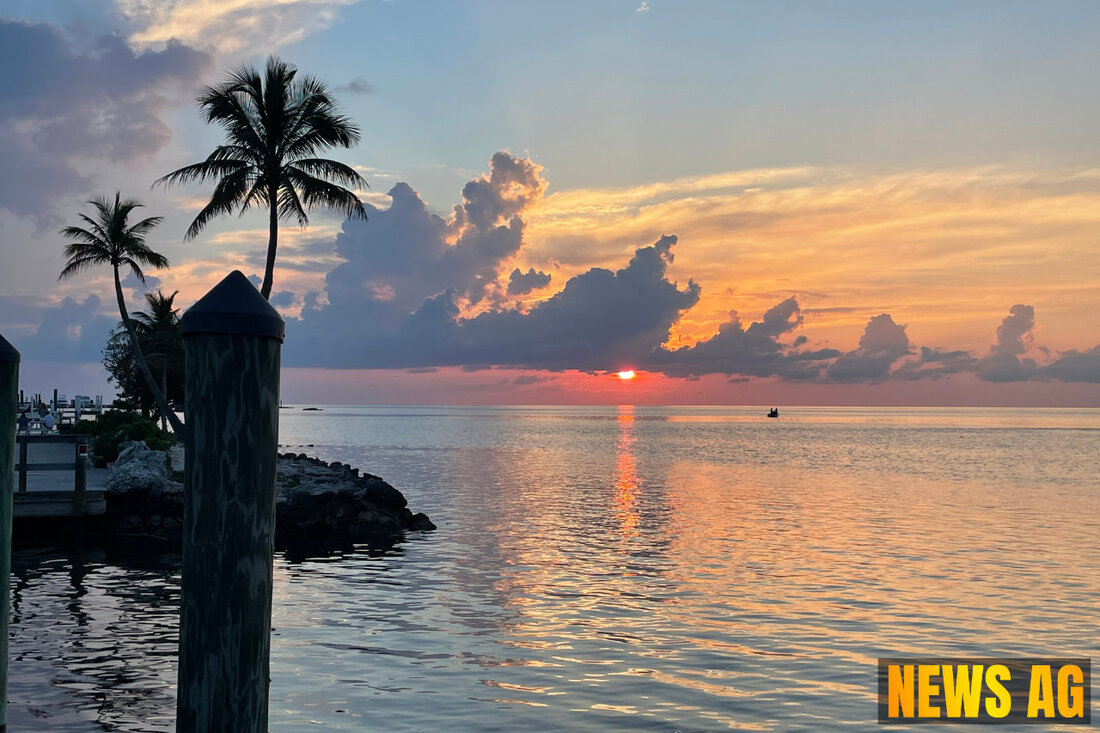Danger Lurks Beneath: Are Florida Beaches Safe This Summer?

Melbourne, Florida, USA - As the summer sun beckons beachgoers to bask in Florida’s beautiful coastal waters, a shadow of concern looms over the safety of our beloved beaches. Rising bacteria levels, particularly following recent heavy rains, have compelled health officials to enhance monitoring efforts. Florida Today reports that heavy downpours can wash a slew of contaminants, from stormwater runoff to sewage, into our water bodies, severely impacting water quality and posing risks for swimming and pets alike.
During warmer months, the Florida Healthy Beaches Program keeps a vigilant eye on water safety, conducting water samples at ten beaches in Brevard County and others along the coast every two weeks from March to September. However, results can take several days, leaving bathers in the lurch about whether it’s safe to take a dip. A troubling test from Jetty Park on May 27 revealed „moderate“ levels of enterococcus bacteria — a warning sign for potential harmful bacteria lurking in the surf.
Understanding Bacteria Levels
Enterococcus bacteria is a key indicator of water quality, found in the intestinal tract of humans and animals. These organisms help identify potential fecal pollution, which is often traced back to stormwater runoff, pets, wildlife, or even human sewage. The Florida Healthy Beaches Program categorizes water quality based on enterococcus levels:
- Good: 0–35 colony-forming units (CFU) per 100 milliliters
- Moderate: 36–70 CFU per 100 milliliters
- Poor: Above 70 CFU, which triggers immediate retests
Last year, 52% of samples taken from Ballard Park in Melbourne exceeded state health standards, highlighting a troubling bacteria hot spot. If enterococcus levels surpass 70 CFU in consecutive tests, health advisories are issued, indicating an increased risk of infections for those exposed.
Health Risks and Ongoing Monitoring
Indeed, monitoring efforts are crucial. Florida’s Department of Health emphasizes that enterococci are less likely to die off in saltwater than other bacterial indicators, making them reliable indicators of water safety. Additionally, rarer but deadly threats lurk in our waters; Vibrio vulnificus, for instance, can enter the body through wounds or from raw oysters, while Naegleria fowleri, the notorious „brain-eating“ amoeba, has associated fatalities in Florida, including a case back in 2011.
This increasing apprehension has led the Titusville City Council to approve a significant $70,000 settlement for a lawsuit involving a young boy who became paralyzed following exposure to contaminated water from a sewage spill. Such cases underline the importance of stringent monitoring and quick responses to contamination risks.
Funding and Future Challenges
The stakes are high, and recent announcements reveal that monitoring efforts will receive additional support — the U.S. Environmental Protection Agency revealed $9.7 million in grants for recreational water quality monitoring, with $500,000 specifically earmarked for Florida’s Healthy Beaches Program. However, organizations like the Surfrider Foundation are sounding the alarm about potential federal funding cuts, an issue that could hinder ongoing efforts to ensure safe swimming waters.
In this context, Florida residents and visitors are reminded that while the state works diligently to monitor beach water quality (Florida Health), awareness and caution are warranted, especially during and after significant rainfall. As tempting as the ocean might be, it’s crucial to stay informed and heed health advisories for a safe beach day.
As we enjoy the sun and surf, let’s not forget: swimming in safe waters ensures fun without fear.
| Details | |
|---|---|
| Ort | Melbourne, Florida, USA |
| Quellen | |
